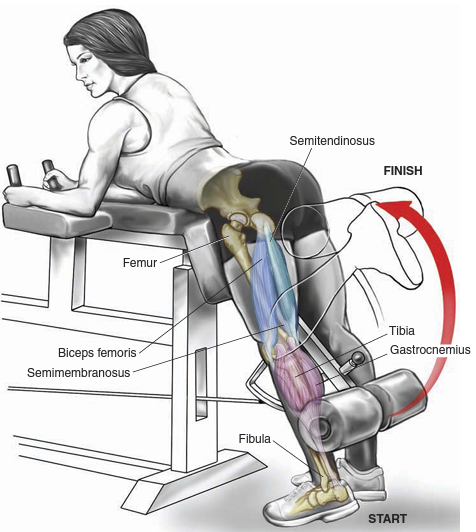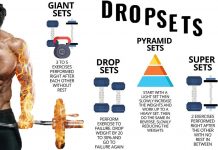🔥 HAMSTRING PERFORMANCE TRAINING

🚨The most common way to train the hamstrings for performance has arguably been the Nordic hamstring, which is a great eccentric exercise. However, it may not be the single most optimal way to train your hamstrings. A new study looked at heavy resistance training vs. high velocity training for the hamstrings and the results were very interesting. This has supported my theory of training muscles based on there physiological properties such as CSA & pentation angle.
⠀
Because of the different shape and length of muscles they have different capabilities, for example longer muscles are more suited for higher velocity contractions vs shorter wider ones for power. Think of it this way, we have to resistance bands one long and thin as well as one that is wide and short. The long resistance band will be able to stretch with a higher velocity vs the short one with a higher force. This applies similarly to muscles and how they work.

The researchers compared high load resistance training of the hamstring’s vs a high velocity training routine with resistance bands. This was done for five weeks, at the end of the study they tested the subjects and found that the knee extensions in the high velocity training group (HVT) increased by 17%, the knee flexor torque increased by 31% and 30m time improved. While the other groups also improved the high velocity, training had superior results.
⠀
The take away is that if you want to target your hamstrings well, add some higher velocity training, even if you are using low weights instead of resistance bands increase the velocity of each rep (not too much). It is great to also combine this with an eccentric exercise like the Nordic hamstring curl to get the best of both worlds.

















































